Enter the non-verbal world of Cafe Torinkan and heighten your senses
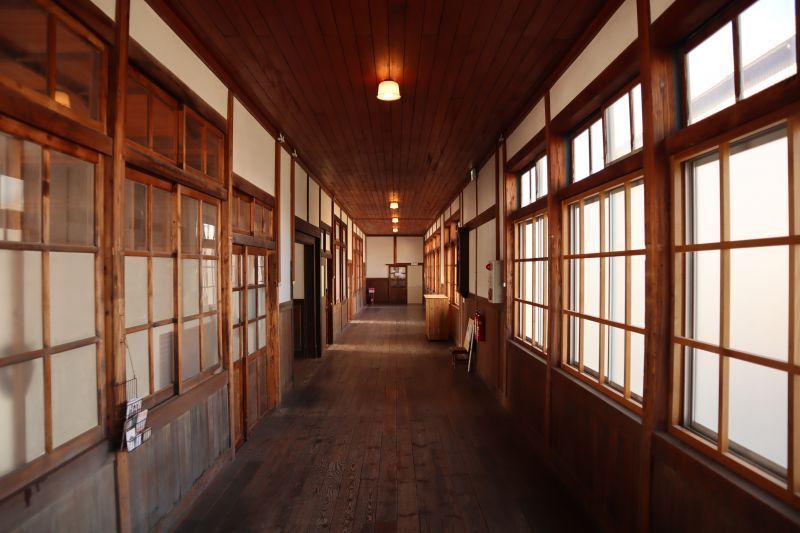
Cafe Torinkan offers a unique environment to enjoy a coffee, eat sweets and share your creative spirit. The cafe is located in a former primary school that has retained most of its charm and feels like a living museum of traditional Japanese education. It is easy to imagine the building bustling with eager students and interesting to see the differences and similarities when compared with the design of western primary schools. The second feature of the cafe that makes it worth a visit is that visitors and staff do not use any verbal communication once they enter. This means that everyone communicates using written notes, sign language and gestures. The result is a one of a kind cafe experience that allows patrons to enter a special world of silence. Notebooks and writing supplies are provided and guests are encouraged to write messages to future visitors after they read the notes from those who came before them. In addition to these unique features, the Cafe Torinkan serves hand-milled coffee, simple dishes and a selection of sweets to savor.
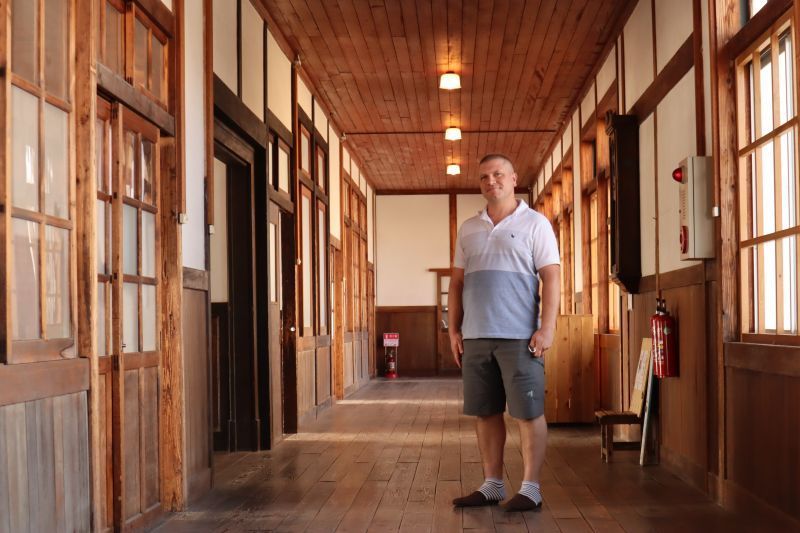
About the Author:
I live with my family in Gifu and it feels like I live in the real Japan. Mie is one of the more traditional prefectures in Japan and it offers visitors so much to see. It is a perfect gateway to exploring the rest of the country.
The former primary school where Cafe Torinkan is located is in a small village and off the beaten path. There are no signs or information promoting the cafe near the building, so most visitors usually hear about it by word of mouth. I felt lucky to have learned about the cafe and was eager to experience the non-verbal world inside its walls.
From the photos I had seen online of the building’s interior, I knew it would have the charm of a traditional Japanese school. It also appeared to be in amazing condition with great care being taken to maintain most of the original wood in the classrooms and other parts of the renovated building.
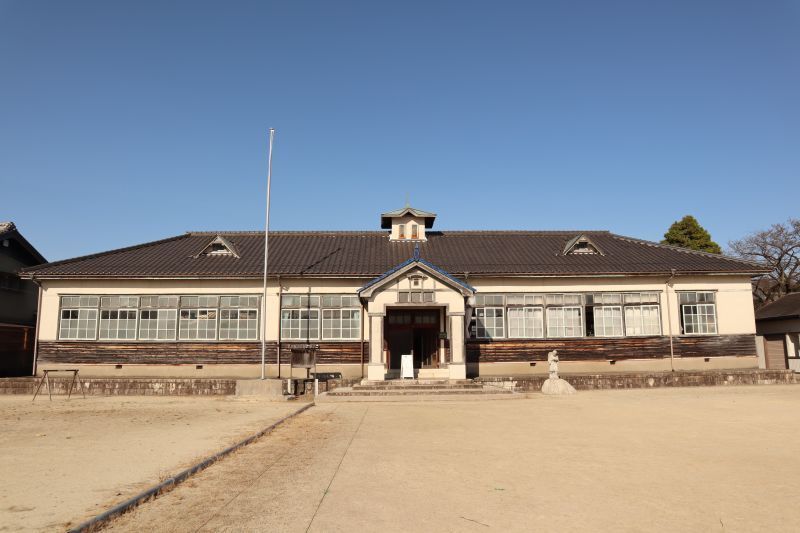
Caption: From the outside, it looks like an old school.
When I arrived at the building, I was surprised that there was little indication of the cafe inside. The old building was majestic and looked well constructed in a classic Japanese school style, but it was not easy to imagine that the inside would be warm and inviting to guests. This made me even more intrigued to see the interior and walk back in time to see what students of the past had experienced.
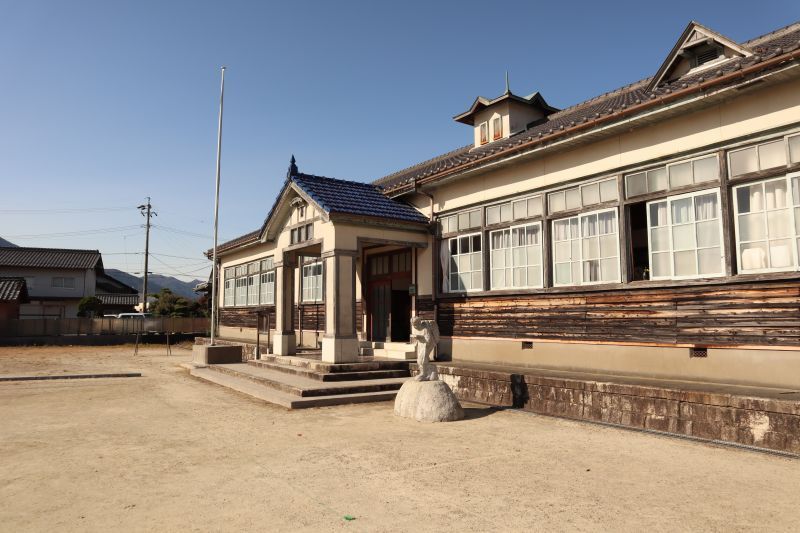
Caption: The main entrance of the school looked inviting.
As soon as I walked in through the front doors, I could feel the atmosphere of the building wash over me and I noticed the distinct lack of noise. It had the vibe of a school and it had been restored and maintained to an incredible degree.
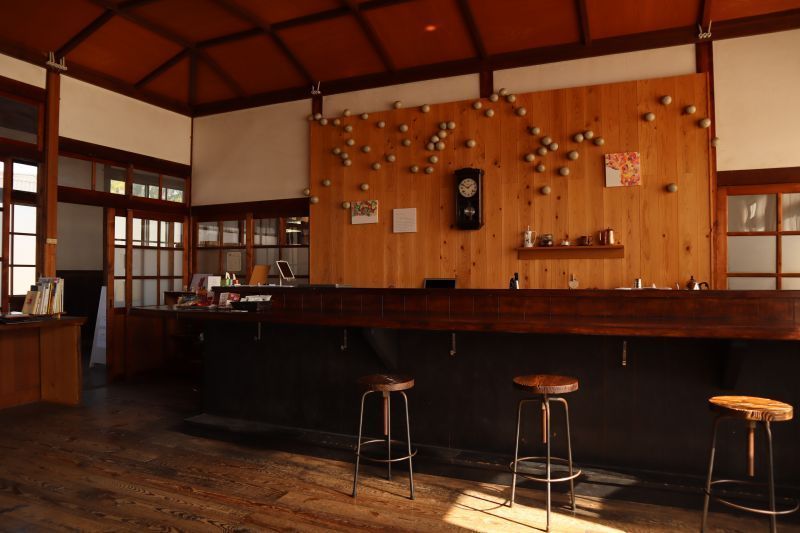
Once I arrived at the room where the cafe is, the silence became even more noticeable. This was because the staff and other guests were all interacting without making any sound. The atmosphere was relaxed and comfortable as I entered and I quickly adjusted to the non-speaking system.
Instead of trying not to speak, the best way to enjoy the Cafe Torinkan experience is to imagine that you can’t hear. Following this approach makes it much easier to avoid the feeling of repression and silence. With this mindset, I could focus on how to communicate in other ways instead of thinking about not talking.
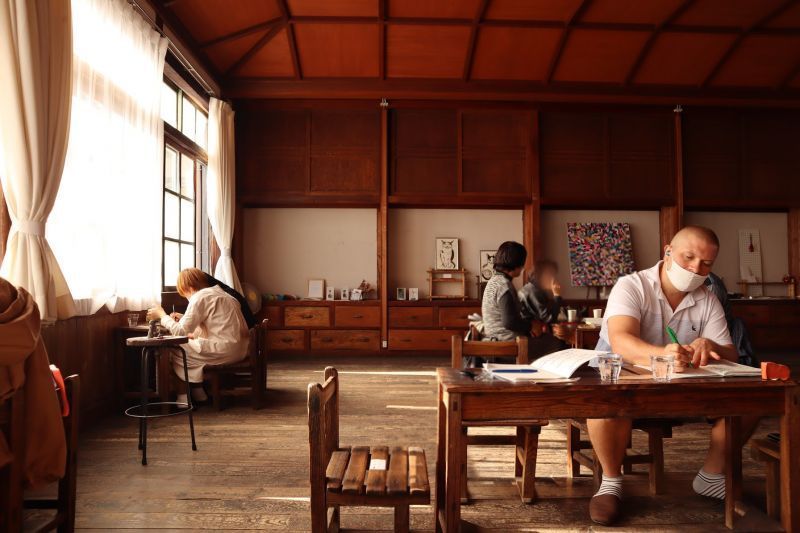
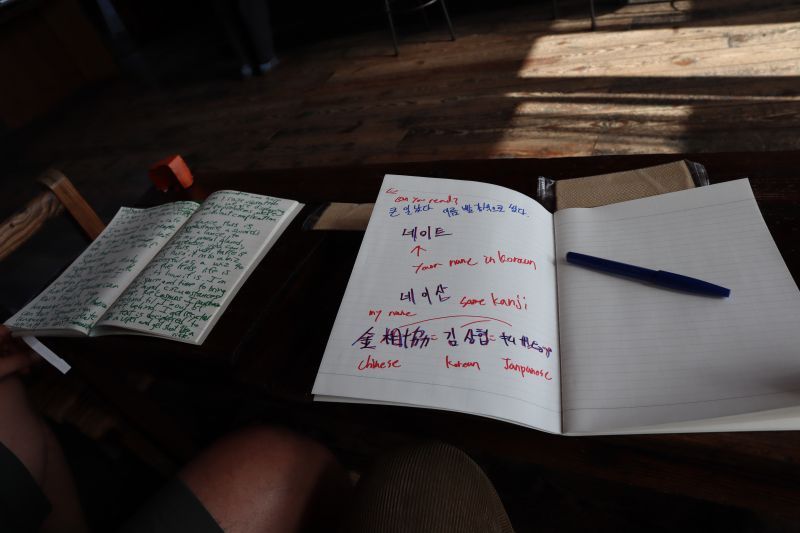
Everyone is shaped by different experiences and we all have something unique to express. As I thought about what I wanted to write, being in the former school prompted me to reflect on my journey from America to now living in Japan. I don’t often have the time to look back at my life and give it serious thought. In the silent environment of the cafe, I felt comfortable and focused enough to listen to my thoughts and form an expression of how my life decisions had led me to where I am now.
Because I didn’t have to think about talking, it was easy to channel my energy into creating something in the notebooks. It also helped that there were plenty of pens, markers and crayons available to spur my creative side. I chose to write my thoughts in a notebook because that is my preferred form of expression. For more artistic guests, there are plenty of supplies to create visual expressions of your thoughts and feelings for future visitors to see.
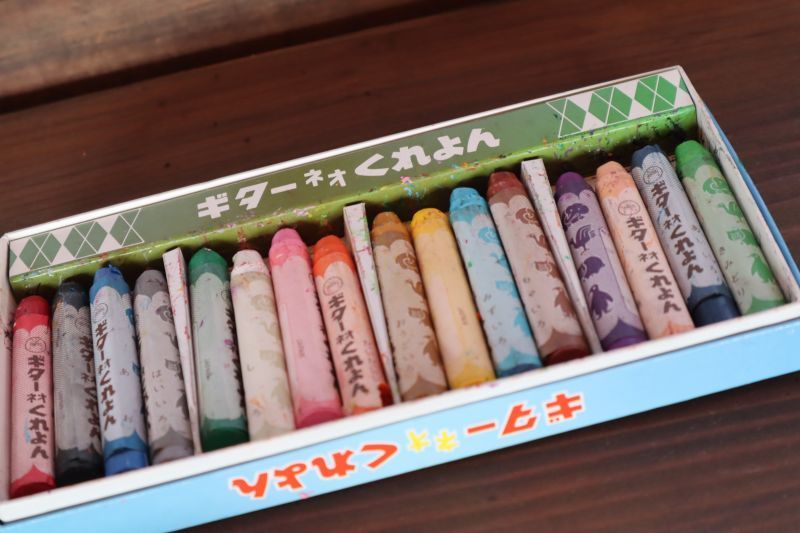
All of the coffee beans are ground by hand and it takes time to prepare each delicious cup. This attention to detail and commitment to slowing down contributes to the calm and quiet environment with an appreciation of history and the senses.
When my coffee was ready, I had been in silent mode long enough to become fully relaxed and engaged in my note writing. I was able to appreciate the rich flavor of the coffee completely. I was able to easily express my gratitude for the perfect drink to the staff using non-verbal communication and returned to writing more of my thoughts down on paper.

The best schools are designed to educate people through a balance of communication and concentration. I think the sliding doors on the traditional Japanese classrooms in this building were the most significant difference I noticed in comparison to American schools.
In America, the typical swinging classroom doors can make you feel like you are locked into the classroom, whereas a sliding door feels like less of a barrier between the classroom and the outside world.
The sliding door feels more like an easily opened door that invites the rest of the world into the classroom. It seemed to me that the country that invited me to teach English is interested in welcoming people from other countries to share their knowledge and perspective.
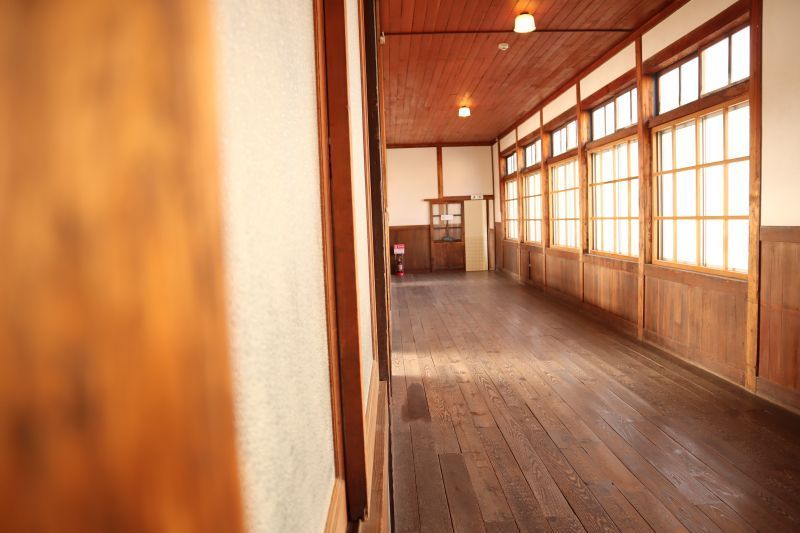
The whole experience of staying silent in the cafe and exploring the dormant school allowed me to appreciate the power of my own imagination. When I was sitting in a classroom, it was possible to truly imagine being a student there. To get a student’s perspective, I started by sitting in the last row of desks. From the back, the room looked very orderly and structured and I could picture the students repeating information written on the blackboard.
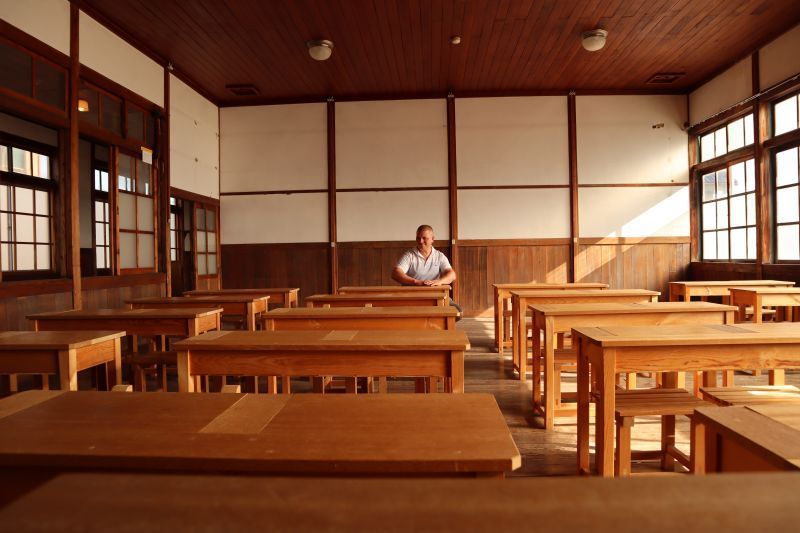
After I imagined being a student, I walked to the front of the room to get the perspective of a teacher. From the front of the room, it felt very intimate and I could picture the students standing and speaking as instructed by the teacher. All of the wood created a warm feeling and I thought that I would enjoy teaching in this room.
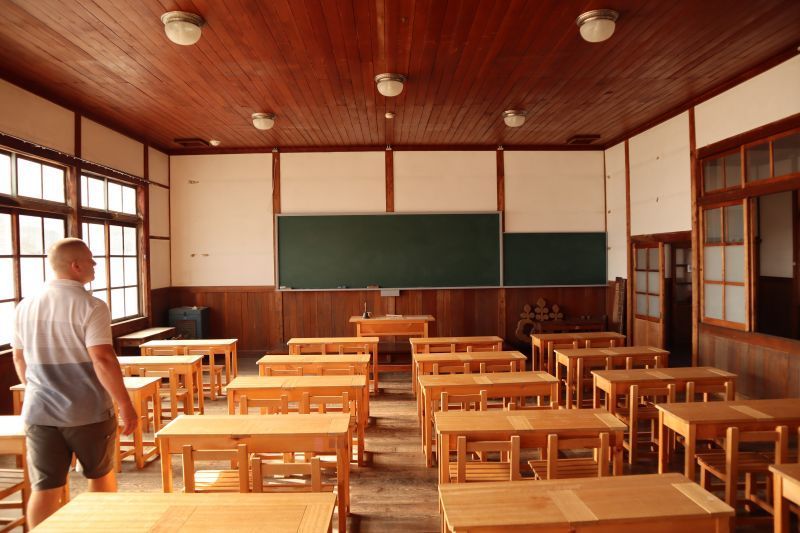
Caption: I went to the front of the room to try a teacher’s perspective.
When I attended a Japanese school as an exchange student, I visited the principal's office with my host family. It was something I have never forgotten and it was clear that principals are the primary ambassadors of schools in Japan.
As I walked into the principal’s office at this school, it was very similar to the one at the school I had attended. The furniture in the principal’s office was simple and refined. Remembering these moments from my first trip to Japan really connected the past to the present for me. It reminded me of the respect and structure that is integral to Japanese school life.
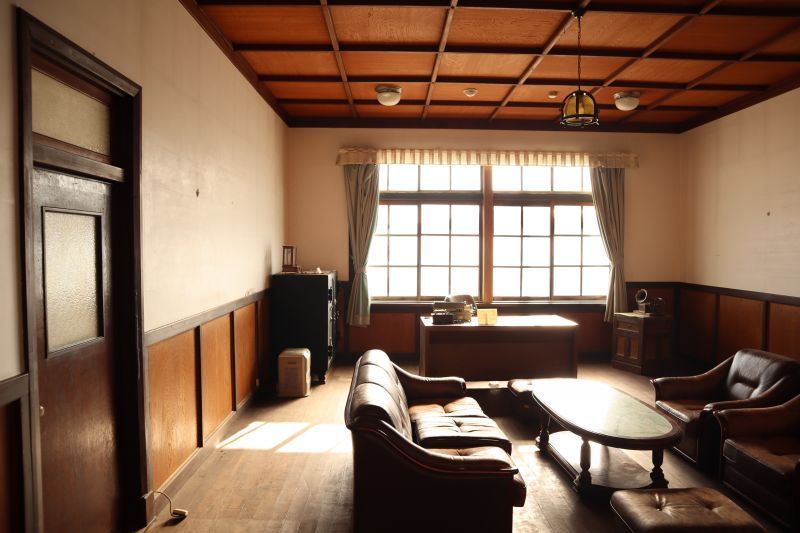
We may not always appreciate the value of our school experiences, but they are foundational to us as individuals and to society. Returning to a school and entering a classroom can allow us to reveal memories we have forgotten. The power of the human mind is unfathomable and Japan really is a place that allows us to do whatever we can to reach our potential. In Japan, education is crucial to a well-functioning society. For me, traveling and exploring Japanese culture is my current educational endeavor. My visit to Cafe Torinkan taught me something about myself that I could take with me as my adventures in Japan continue.